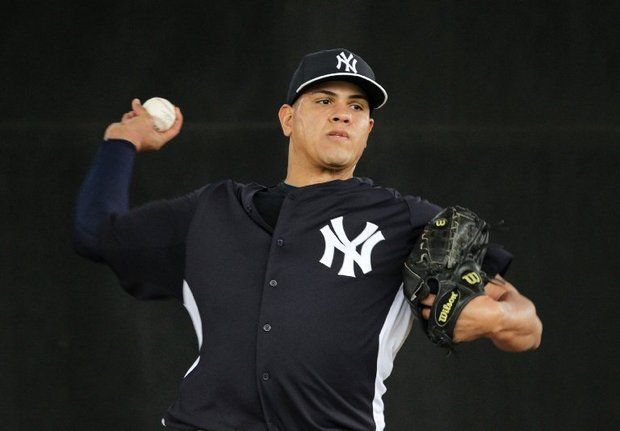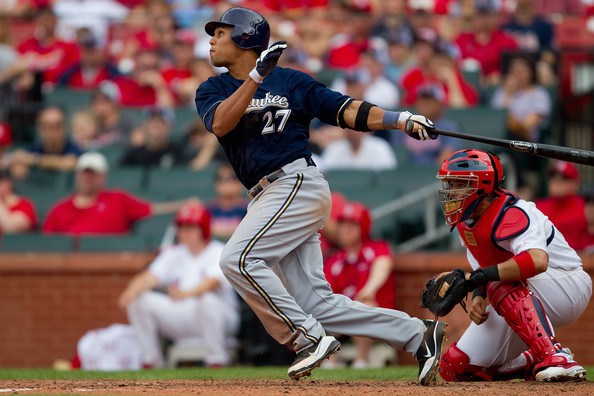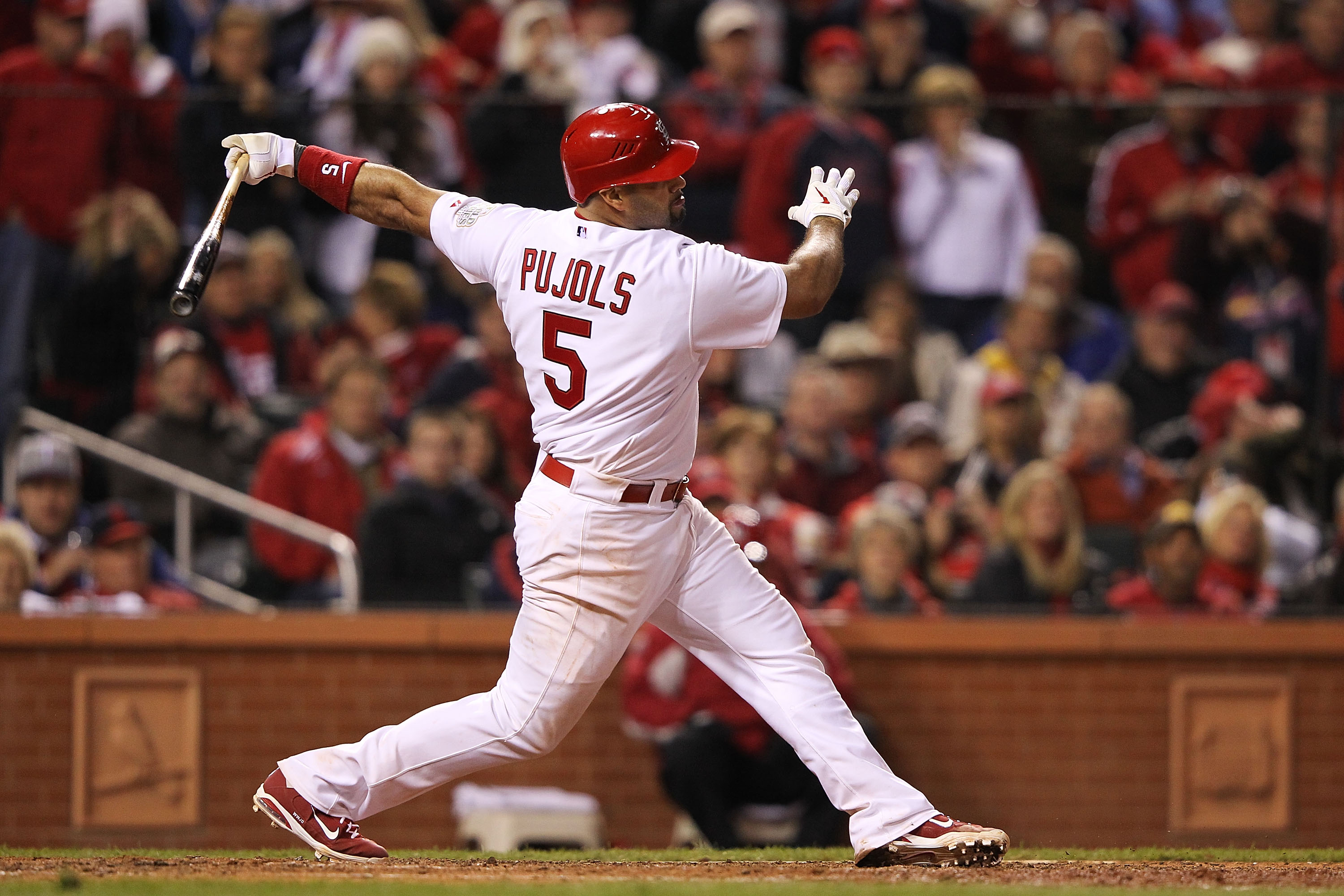When picking batters for our DFS teams, we are generally looking to target offenses that we project to score the most runs, for one reason or another. Obviously, starting pitchers who give up early runs generally don’t last too far into the game. Since these are the matchups we are looking to exploit, how much consideration should we then give to the opposing bullpen? As with starting pitchers, not all bullpens are created the same. If we were looking at bullpens in a vacuum, we would even conclude there are certain ones to target and avoid, so how much should we actually consider an opponent’s bullpen during roster construction?
I think most players are aware that the back end of the Yankees bullpen is terrifying, but what about their other relievers? If we are projecting batters to score several runs off of the Yankees starter, what is the likelihood that Betances or Miller enter the game? Esmil Rogers has been their choice for mop-up duty recently and has had issues with the long ball throughout his career.
Can an edge be gained in GPPs from stacking a popular team that day, but exploiting bullpen matchups rather than the starter? If I am anticipating a lot of players will be stacking against CC Sabathia, maybe there is some value to stacking lefty bats, knowing that they will likely have low ownership numbers and may get a couple at-bats versus Rogers/Carpenter if Sabathia is knocked out early.
We know that teams will generally not pitch a reliever several days in a row. By examining recent workload, we may be able to rule a tough pitcher out, which affects how we then project the staff overall. Also, consider the opponent’s bullpen overall. There are teams who carry 9-10 relievers and teams who carry 7-8. A shorter staff dealing with an injury and another pitcher who has pitched a couple days in a row starts to become pretty predictable.

In this series, I will attempt to highlight which bullpens are trending up, which are trending down, and which are short-staffed. The smallest bullpen at the moment is the Angels, who have six healthy arms with Cory Rasmus still injured. They are carrying one lefty reliever, Cesar Ramos, who has a pretty high L/R split in wOBA, xFIP, and FB%.
The Padres and Giants are both carrying seven total pitchers in their bullpens right now, making them tied for the second-smallest bullpen. The Padres also only have one lefty bullpen arm, Frank Garces, who has only logged 20 innings in the MLB and allowed four home runs! Small sample size, but a lonely lefty with a home run problem seems like something we can exploit!

The Marlins bullpen seemingly has a bad rap this year because Steve Cishek has struggled in the closers role, but they are currently tied with the Dodgers for fewest homeruns allowed on the year (five). In fact, two of those homers have been allowed by Cishek, so the rest of the staff has only allowed three. On the other end of the spectrum, Texas relievers have allowed 19 home runs, followed by Boston and San Diego.





